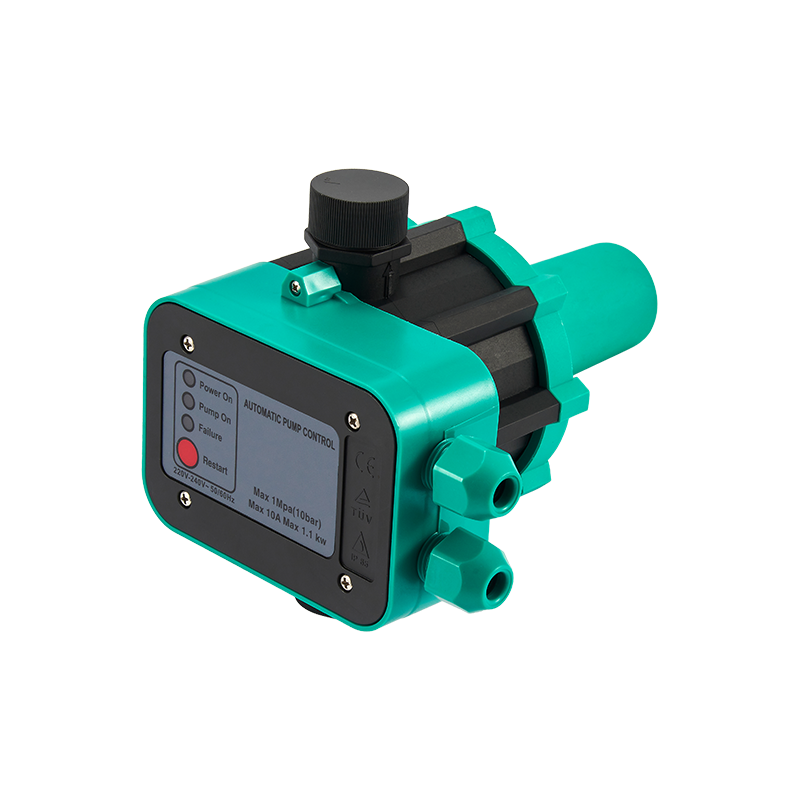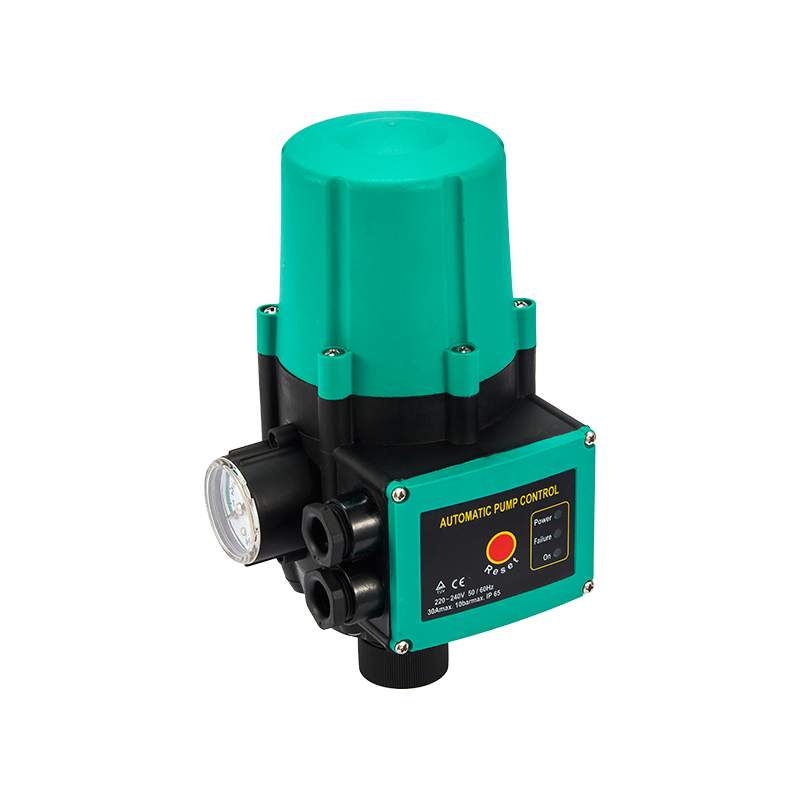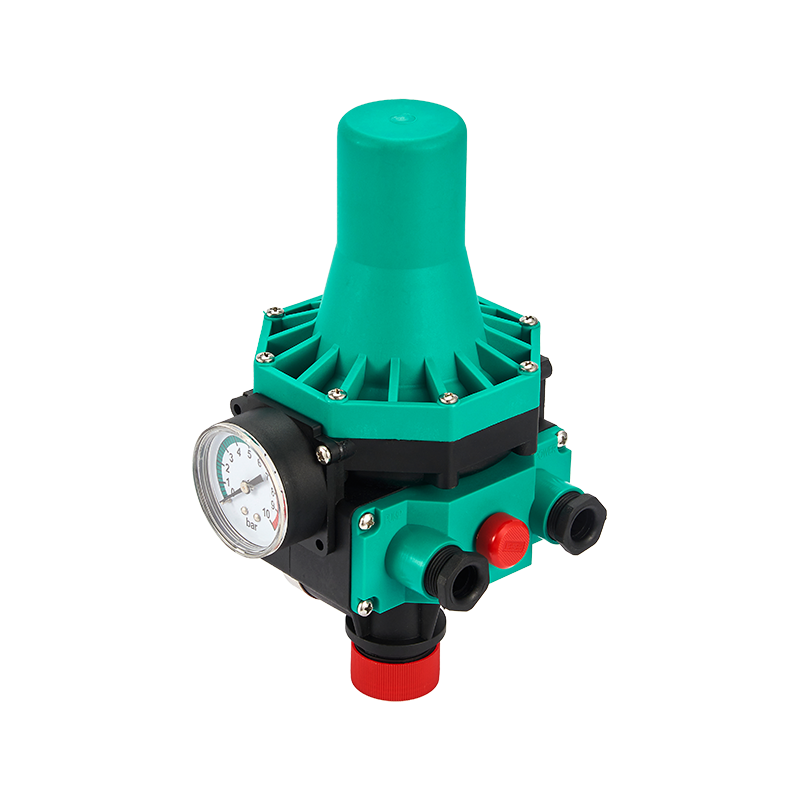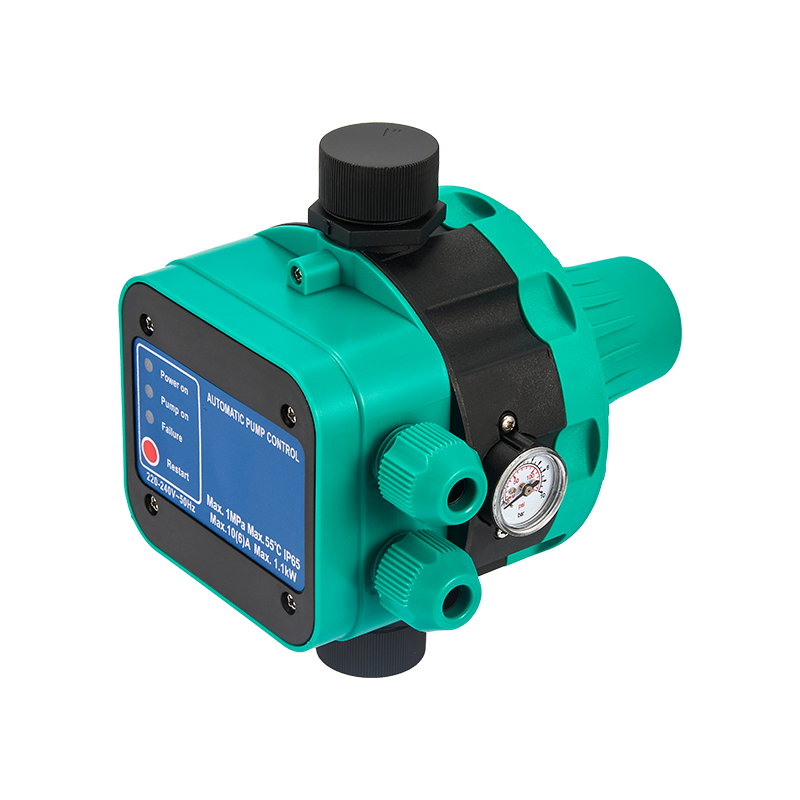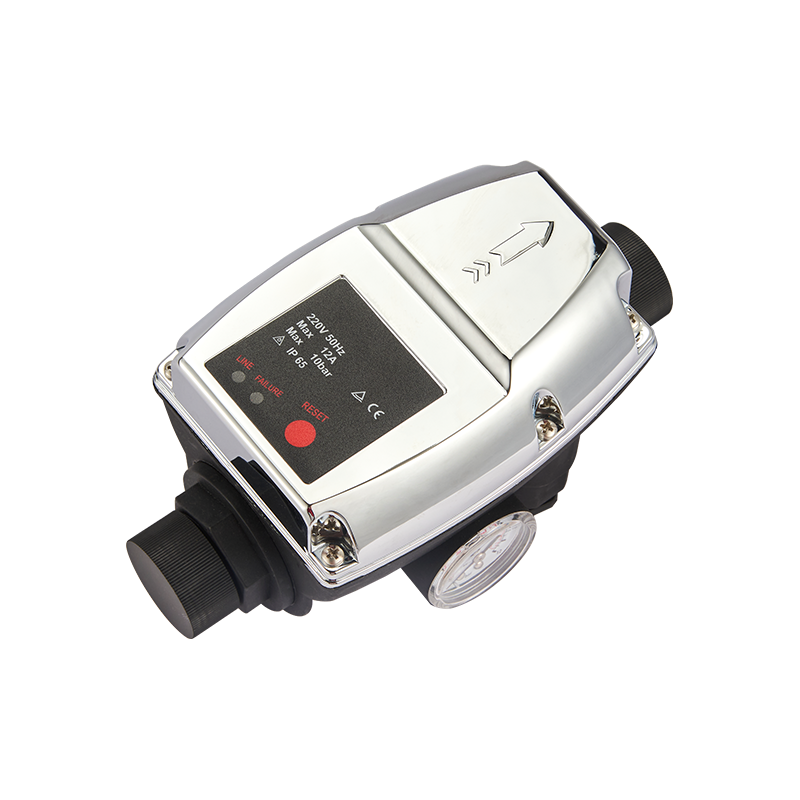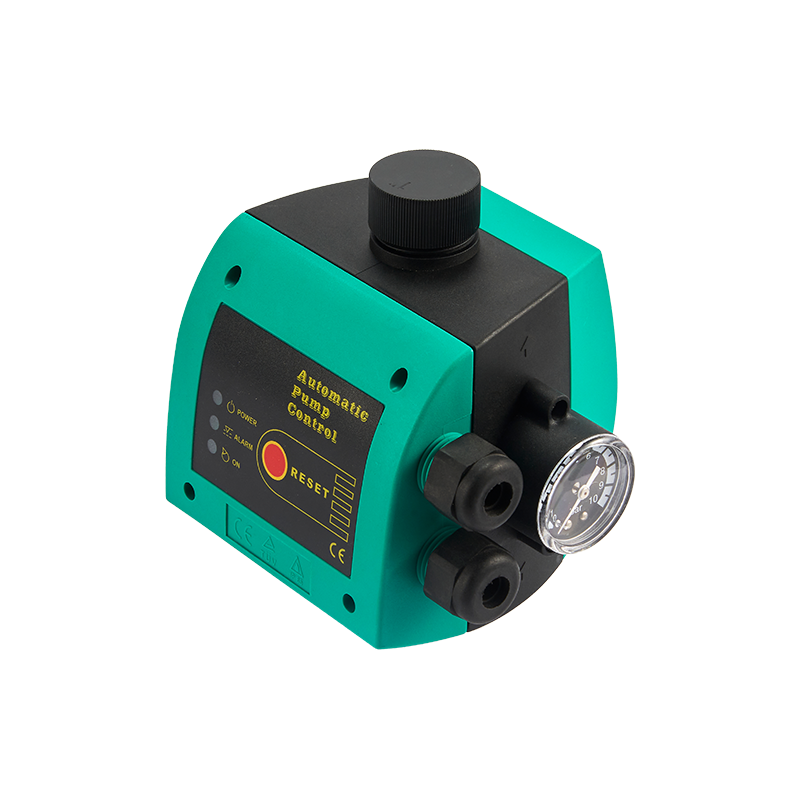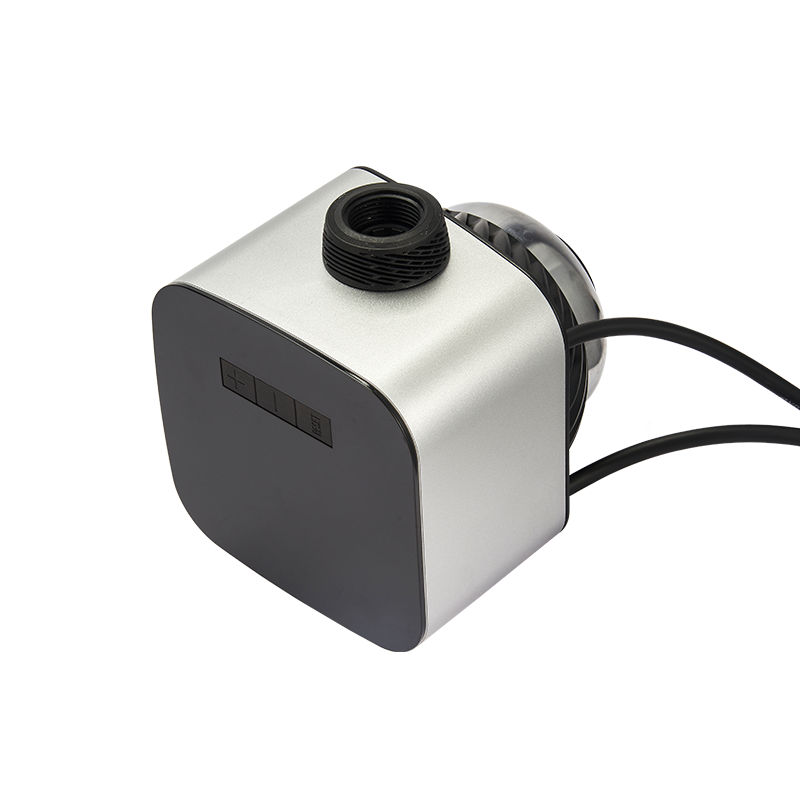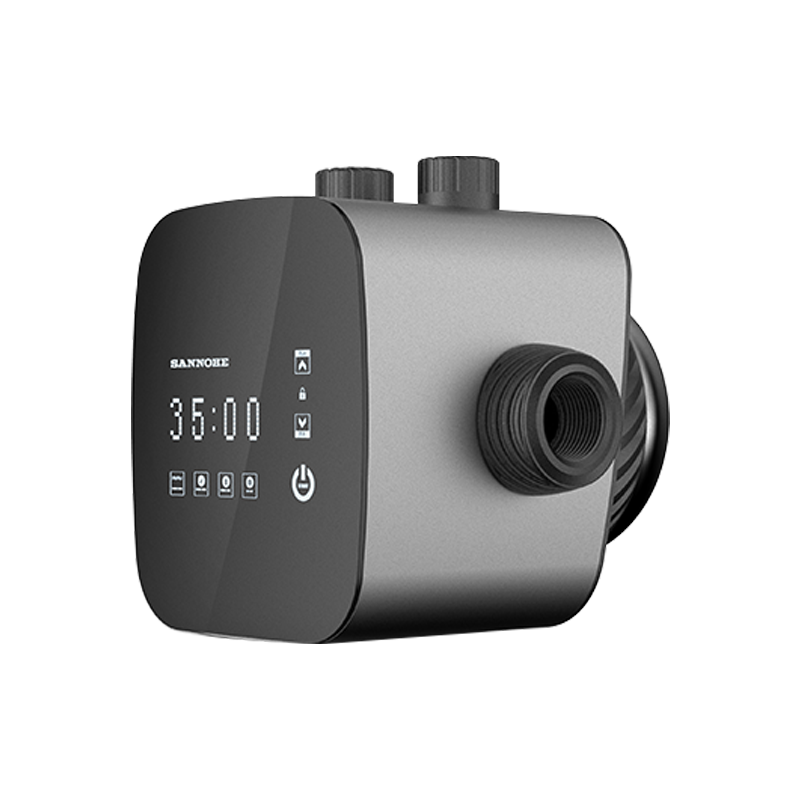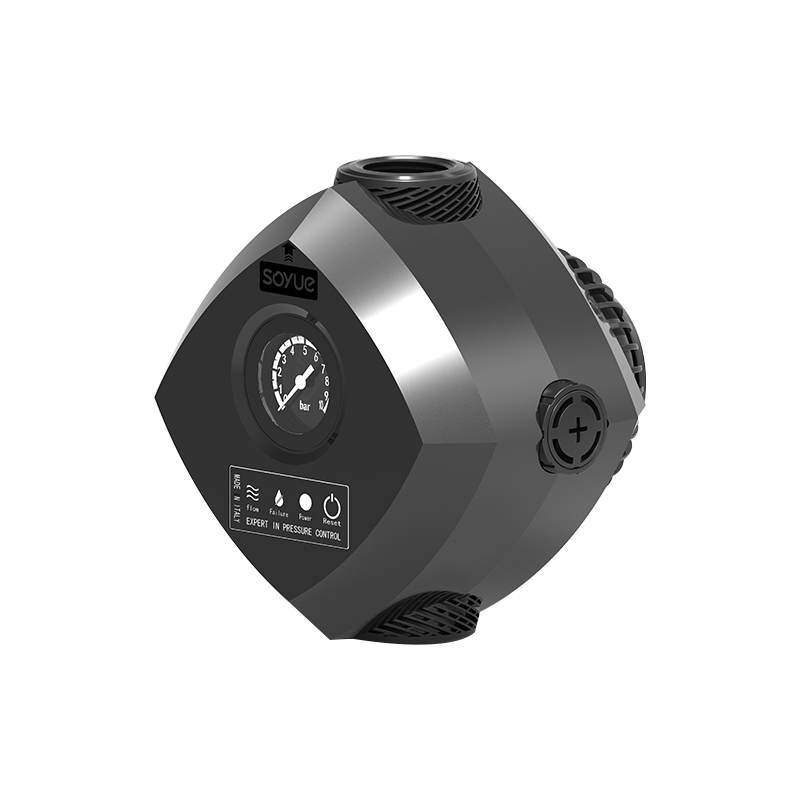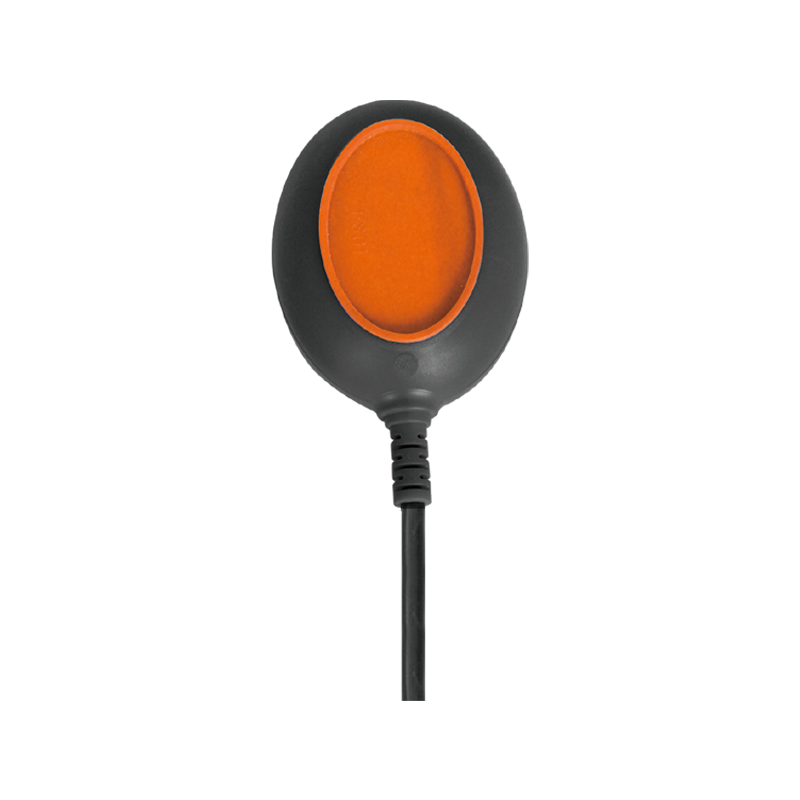DG type multi-stage boiler feed pump is a horizontal multi-stage single-suction segment centrifugal pump, suitable for conveying clean water with a temperature not higher than 250 ° C, or non-corrosive liquids with physical and chemical properties similar to water, widely used in Boiler feed water in power plants, metallurgy, heating and other industries has a maximum lift of 1800 meters. The casing of the boiler feed pump can be disassembled axially at the axis. The suction port of the DG85-80×8 type pump is vertically upward, and the discharge outlet is vertically upward, which is vertical to the axis line. From the direction of the driving end, the rotation direction of the water pump is clockwise. According to the user's needs, it can also produce counterclockwise rotation, and the user can make a special request when ordering.
Self-priming pump is a new product that has been improved by relevant technical data and technical requirements at home and abroad, and it is still a kind of pump. But it has better functions and action points than ordinary pumps, its structure is simpler than others, it is very convenient to operate, it is stable when working, and its maintenance is very simple, it works fast and Durable and not easy to be damaged, the most important thing is that it has a very good self-priming ability, so it can meet the needs of our lives. The role of the self-priming pump is quite large, and it adopts the self-priming pump itself with an axial return to
China Automatic Pump Control the liquid. So how does it work?
First of all, the self-priming pump itself consists of a suction part, a storage liquid part, a scroll part, a liquid return hole part and a gas-liquid separation part. part, forming a gas flowing outside.
Secondly, the formed gas is separated in the part where the gas and the liquid are separated. Due to the separation of the gas and the liquid, the flow speed becomes lower, so that the gas is separated from the inside, and the gas comes out through the outlet of the self-priming pump itself and rises out without The liquid after the gas returns to the part where the liquid is stored.
Finally, by combining the self-priming pump itself with the gas in it again, new gas is generated to flow out of the self-priming pump. This procedure is repeated continuously, the air sucked in is continuously reduced, and the pump can work normally until all the gas is sucked out.
Self-priming pumps can be used in many products such as the petroleum industry, onshore oil depots, and oil tankers.
The pump adopts the pump body structure of axial liquid return. The pump body is composed of a suction chamber, a liquid storage chamber, a scroll chamber, a liquid return hole, a gas-liquid separation chamber, etc. After the pump is started normally, the impeller sucks the liquid stored in the suction chamber and the air in the suction pipeline together, and releases the liquid in the impeller. Under the action of centrifugal force, the liquid entrains gas and flows to the outer edge of the scroll chamber, and a white foam belt with a certain thickness and a high-speed rotating liquid ring are formed on the outer edge of the impeller. The gas-liquid mixture enters the gas-liquid separation chamber through the diffusion tube. At this time, due to the sudden decrease of the flow rate, the lighter gas is separated from the mixed gas-liquid, and the gas continues to rise and discharge through the pump body spout. The degassed liquid returns to the liquid storage chamber, and enters the impeller through the return hole again, and mixes with the gas sucked in from the suction pipeline inside the impeller. Under the action of the high-speed rotating impeller, it flows to the outer edge of the impeller.... ... As this process goes on over and over again, the air in the suction pipeline continues to decrease until the gas is exhausted, the self-priming process is completed, and the pump is put into normal operation.
There is also a cooling chamber at the bottom of the bearing body of some pumps. When the bearing temperature rises more than 70 degrees due to the heating of the bearing, the cooling liquid can be injected into the cooling chamber through any coolant pipe joint for circulating cooling. The sealing mechanism inside the pump to prevent the liquid from leaking from the high pressure area to the low pressure area is the front and rear seal rings. The front seal ring is installed on the pump body, and the rear seal ring is installed on the bearing body. When it affects the efficiency and self-priming performance of the pump, it should be replaced.


